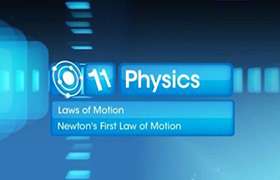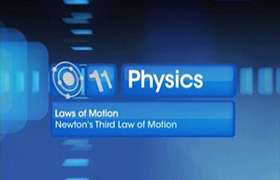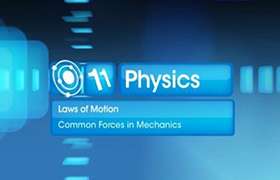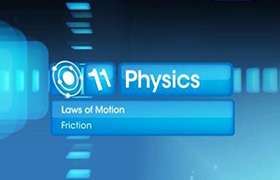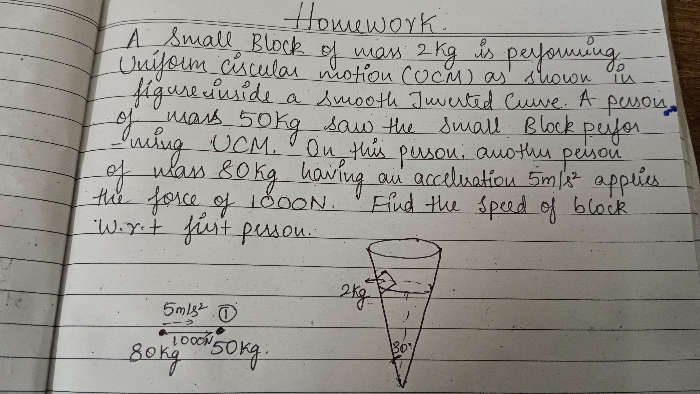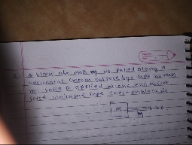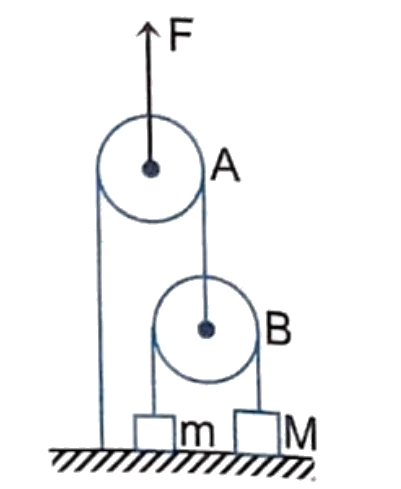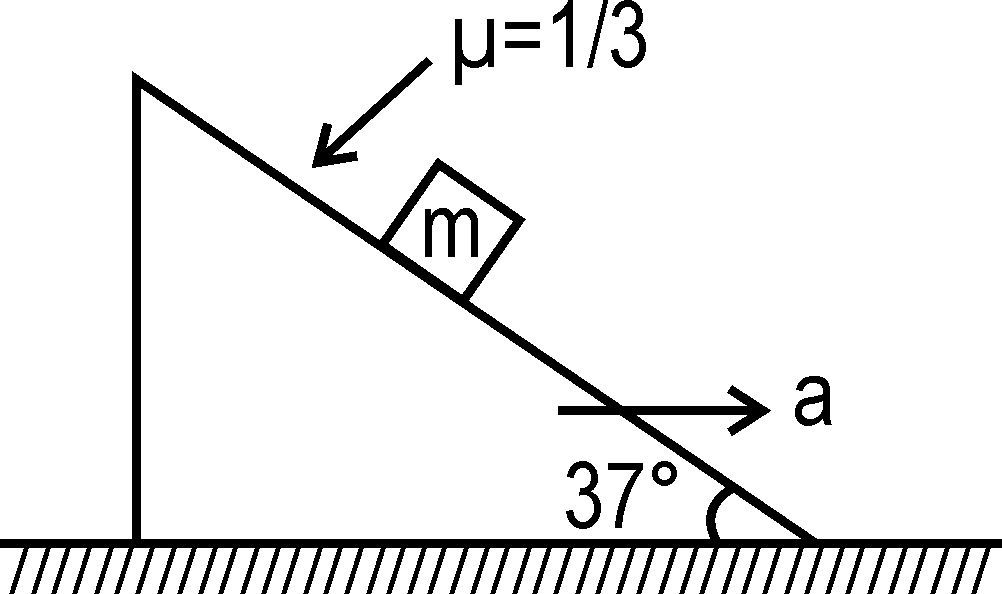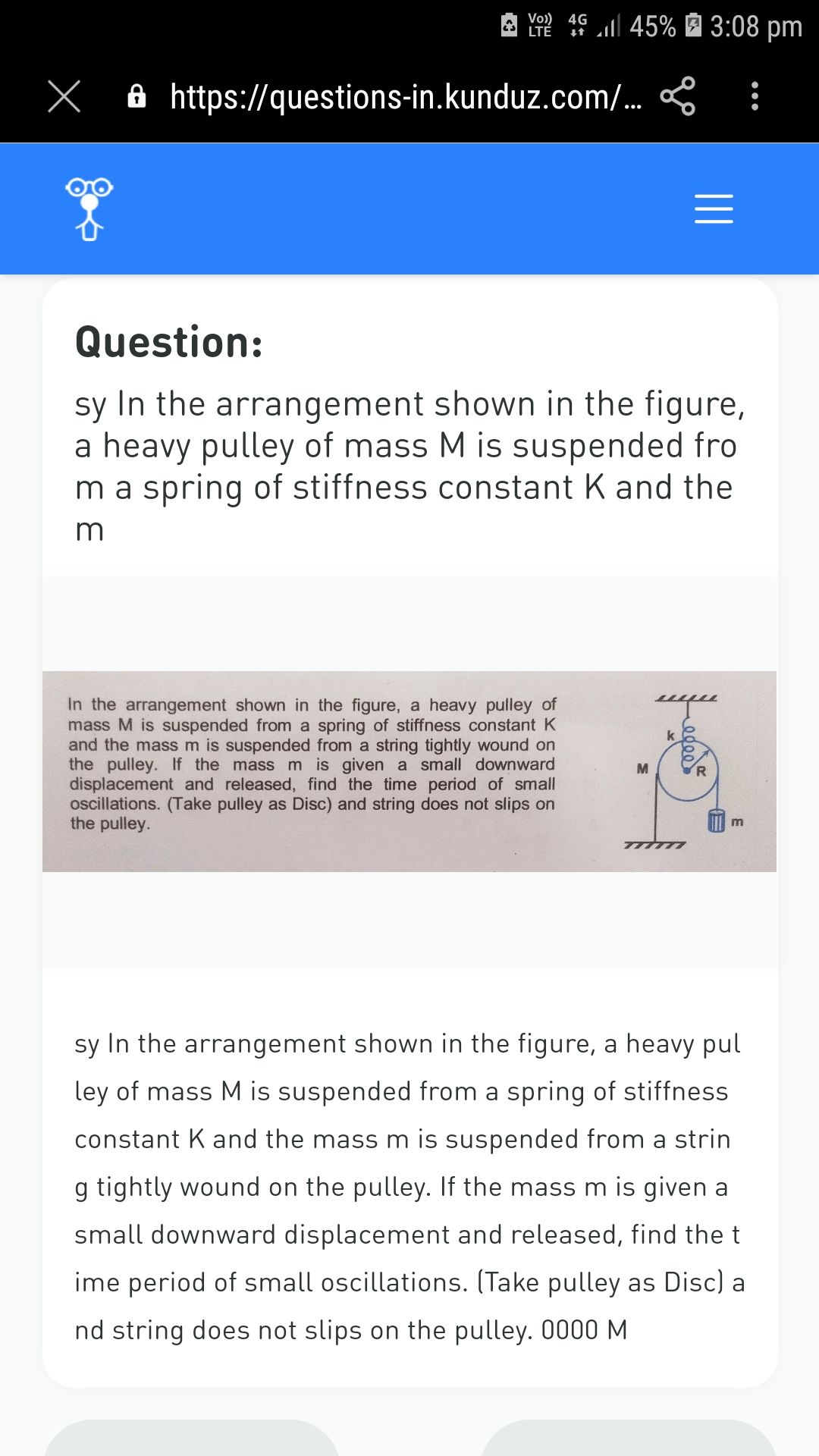CBSE Class 11-science Answered
Dear Student
In the beginning, the sphere has only angular velocity about the axis of rotation. There is sliding tendency in the backward direction at the point of contact as it continues rotating. This is the natural tendency. This causes friction to come into picture. This friction, in the opposite direction of the sliding, does two things : (i) it works as a net force on the sphere and imparts translational acceleration and (ii) it works as torque to oppose angular velocity i.e. imparts angular deceleration to the rotating sphere. In simple words, the sphere acquires translation motion at the expense of angular motion. This process continues till the condition of pure rolling is met i.e.
Vc=ωR
It is therefore clear that we must strive to find a general expression of translational and rotational velocities at a given time “t”. Once we have these relations, we can use the condition as stated above and find out the required velocity, when sphere starts pure rolling. Now, we know that friction is causing acceleration. This force, incidentally, is a constant force for the given surfaces and allows us to use equation of motion for constant acceleration.
V=V0+at ==> V=at (V0=o)
The translational acceleration is obtained from the Newton’s law as force divided by mass :
a=Fk/m
Substituting in equation of motion
V=Fkt/m
Let us, now, analyze rotational motion. Here,
ω= - ω0+ αt
Initial angular velocity is clockwise and hence negative. The rotational acceleration is obtained from the Newton’s law in angular form as torque divided by moment of inertia (angular acceleration is positive as it anti-clockwise) :
α= FkR/I -------------(2)
==> t= Vm/Fk-----------(3)
==>ω= - ω0+ VmR/ I
Let us first analyze translation motion. Here,
V=-Rω (since w, V opposing each other)
V=-Rω= ω0R- VmR2/I
For disk I= 1/2 mR2
V= ω0R - 2V ===> V= ω0R/3
ω= -V/R = - ω0/3
FK= K2 mg ; I=(1/2)mR2 -
Eqn (2) => α= FkR/I = 2X K2mgR2/ mR2= 2K2mg
(3)===> t= Vm/Fk=ω0Rm/(3K2mg) = ω0R/3K2.
we will up sate you later on this problem.
Regards
Team
Topperlearning

